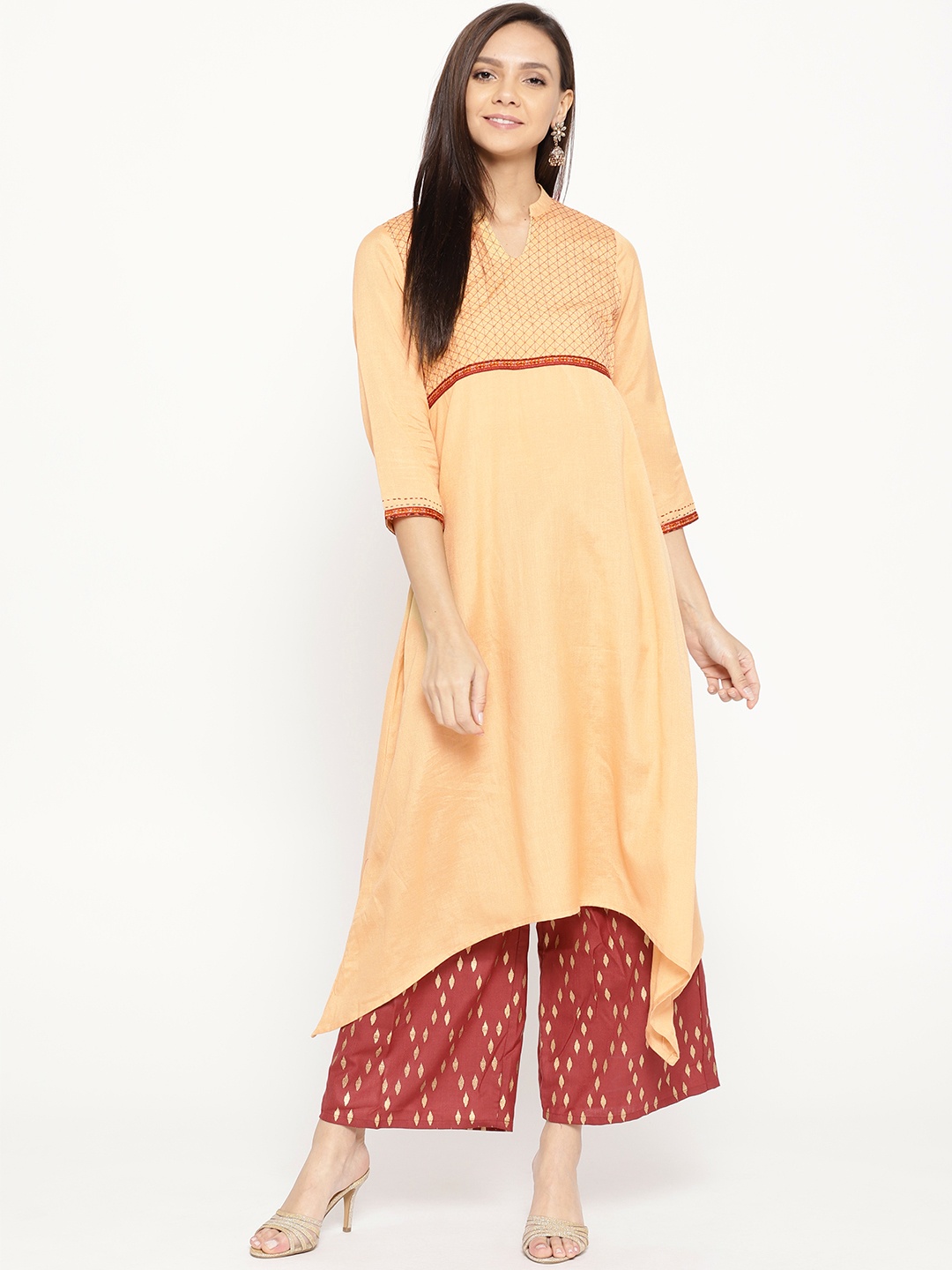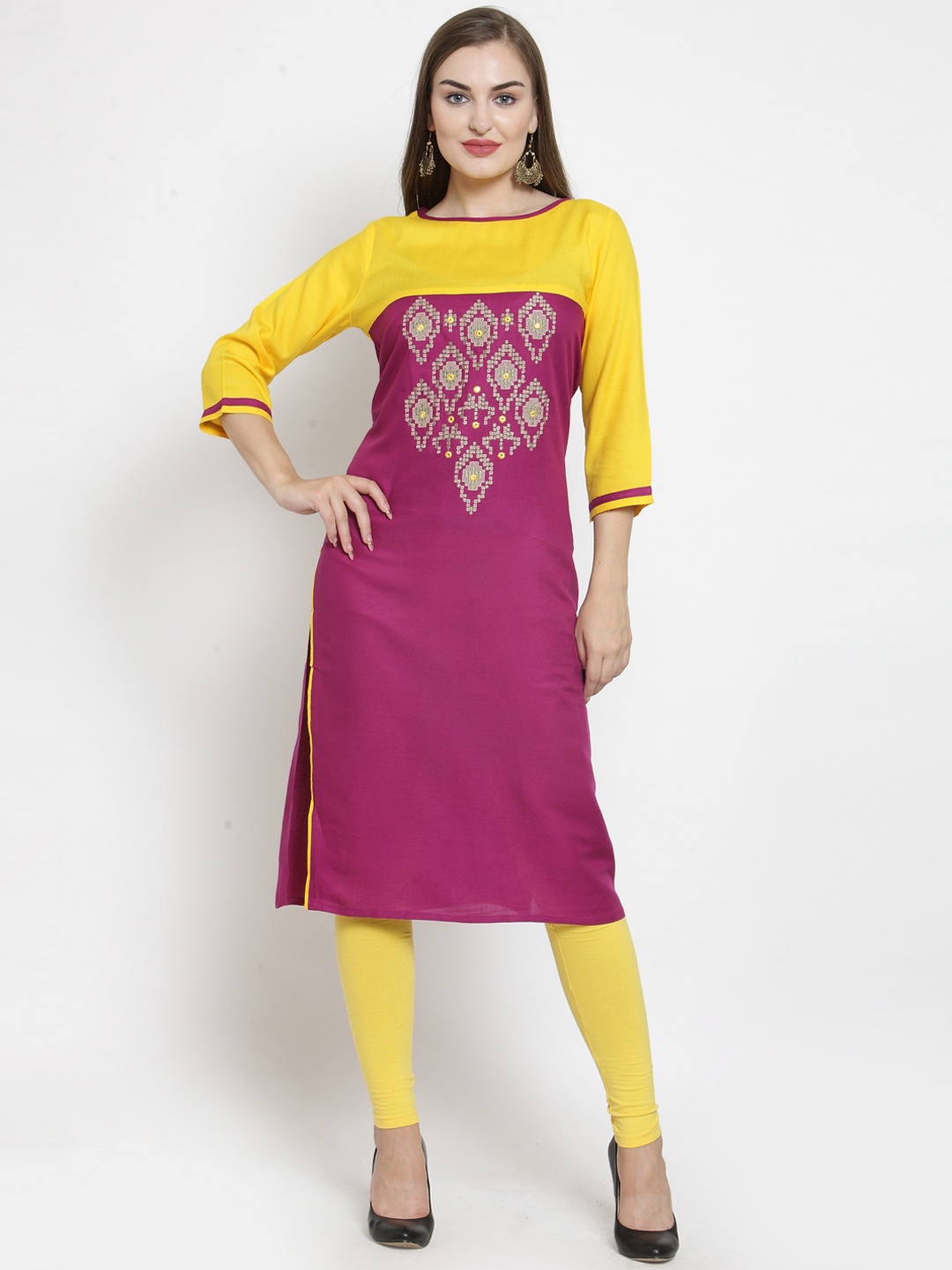How To Choose A Winter Poncho For Kids: Soft, Warm, Easy To Wear
A winter poncho brings a cosy mix of warmth, style and convenience for children. This guide explores what to look for, how to pick the right features and how to make winter dressing feel simple and cheerful every morning.

Best Winter Ponchos For Kids: How To Choose The Softest And Warmest Option.
Winter brings foggy mornings, steaming cups of chai, school runs in a hurry, and tiny fingers that turn cold faster than parents expect. A warm layer becomes essential, especially for young ones who run, skip, twirl, and roll through the day without a care for the wind. A poncho helps in moments like these. It slips on in seconds, keeps the warmth locked in, and still leaves enough room for movement. Many families reach for this cosy option during school trips, park visits, and even lazy evenings at home.
Choosing the right poncho feels simple at first glance, yet many features influence comfort, fabric, fit, hood shape, closures, durability, and design. This guide breaks the process into easy steps. Each section explains how to choose the best poncho so children stay warm, cheerful, and ready for the day, whether the morning feels crisp or the night breeze carries a chill.

How To Choose A Winter Poncho For Kids: Soft, Warm, Easy To Wear; Photo Credit: Pexels
Essential Features That Make A Winter Poncho Truly Comfortable
1. Pick a Soft, Child-Friendly Fabric
Children respond instantly to texture. A gentle fabric earns quick approval, while anything scratchy creates fuss during busy mornings. A poncho made from fleece, flannel or soft wool keeps comfort at the centre. These fabrics trap warmth well and feel tender on sensitive skin. Many parents lean towards fleece because it feels light yet warm enough for chilly evenings. Wool creates deeper warmth, perfect for regions that experience sharp winter nights. Cotton-blend options work well for travel because they breathe better.
Fabric quality also affects wash cycles. School days bring spills, snacks and playground adventures, so the poncho must survive repeated washing without losing its shape. Dense fleece keeps its softness even after several cycles. Textured knits look stylish but stretch out faster, so families check the stitching for reinforced edges. A well-chosen fabric saves effort and money, because one cosy poncho often lasts through many winter months and even supports hand-me-down plans for younger siblings.
2. Focus on Warmth Without Extra Bulk
Children dislike heavy layers. The moment a poncho feels bulky, they tug it off within minutes. The goal lies in finding warmth without weight. Fleece and quilted inner linings offer steady insulation. Some ponchos include double-layered sides or a thicker hood that shields the neck from wind. Such features help during early-morning school drops when the cold air feels sharper.
Lightweight insulation also supports free movement. Children bend, stretch, jump and dance through the day. A bulky poncho limits play and creates discomfort on the shoulders. A balanced design places warmth around the torso and focuses less on the sides, allowing arms to move freely. Many families choose ponchos with longer back coverage, which protects the spine when children sit on cool surfaces in parks or verandas. A light, warm poncho brings comfort, warmth and energy, a helpful trio during winter adventures.
Also Read: Wrap Up Warmth: Ultimate Guide To Kid's Winter Fashion And Essential Wear
3. Choose the Right Length for Everyday Use
Length changes the entire experience. A very short poncho offers style but fails during windy evenings. A very long one becomes troublesome on stairs or in school corridors. A mid-length design suits most daily routines. It reaches just below the waist or mid-thigh, offering proper warmth while keeping movement free.
Parents often check how the length falls when the child walks or runs. Some ponchos rise too high from the front, leaving the tummy exposed. Others extend too low, brushing against dusty surfaces. A good length moves with the child. Many brands use tapered cuts that stay wide enough for comfort yet narrow slightly near the bottom for better movement.
Length also affects layering. A poncho that covers the torso well supports a warm inner layer without looking puffy. It also stays neat during car travel because it does not bunch up at the back. Length, when chosen well, brings balance between style, practicality and winter protection.
4. Look for Easy Closures for Quick Morning Routines
School mornings rarely give extra minutes. A poncho that slips on quickly changes the mood of the entire household. Zippers, toggles or simple buttons offer easy closures that even young children manage without help. Avoid tiny metal hooks or overly decorative fasteners because they slow down dressing and frustrate children when they rush out the door.
Zippers stay popular for a reason. They close the poncho in seconds, block cold air and hold their shape well. Some children prefer toggles because they look playful and feel easier to grip with small hands. Buttons suit older children who enjoy choosing outfits, though large buttons help speed up the process.
Easy closures also matter during outdoor play. When children feel warm from running, they open the front slightly. When the breeze returns, they close it again. Simple closures allow independence and comfort. A quick, fuss-free poncho becomes a true winter companion.

How To Choose A Winter Poncho For Kids: Soft, Warm, Easy To Wear; Photo Credit: Pexels
5. Select a Hood That Offers Snug, Comfortable Coverage
A hood acts as the first shield against winter air. A well-designed hood sits softly on the head without slipping into the eyes. Many parents test the elastic or drawstring around the edge. Too tight creates discomfort; too loose lets the cold creep in. A rounded hood with an inner lining provides better warmth and reduces the need for extra caps on mildly cold days.
Some ponchos include deep hoods that cover the ears well. Others keep a slightly shorter shape for children who dislike too much fabric around the face. A fur-trimmed edge looks stylish and adds warmth, though it suits older children more.
Hood comfort matters during travel, too. A heavy hood pulls the poncho backwards, especially when the child sits in a car seat. A lightweight, well-balanced hood avoids this issue. When the hood rests comfortably, children keep it on longer, ensuring steady warmth during chilly outings or windy playground evenings.
6. Pick Playful Colours and Patterns That Excite Kids
Children respond to colour long before they care about features. A bright red, cheerful yellow or soft pastel quickly becomes a favourite. Prints featuring animals, stars, cartoons or simple geometric shapes bring excitement to everyday dressing. When children adore the design, they wear the poncho willingly, saving families from daily negotiations.
Colour also carries cultural warmth. Deep maroons and earthy browns feel cosy during festive months. Ocean blues or sunshine yellows lighten the mood on foggy mornings. Families often choose two ponchos, one bright and expressive, another neutral and versatile for school use.
Patterns also help with visibility during outdoor play. A bold print stands out in crowded parks or evening walks. Reflective stripes add safety during early-morning travel. When colour and pattern match the child's personality, winter dressing shifts from routine to joyful ritual.
7. Ensure the Poncho Allows Free Movement
Children rarely sit still. They run down hallways, climb furniture, jump off steps and spin in circles. A poncho must support this enthusiasm rather than restrict it. Wide arm openings, flexible stitching and soft draping help children move comfortably. The fabric should follow the child's pace, not hold them back.
Some ponchos include side buttons that keep the shape secure while still allowing arm movement. Others use a full open-side cut that suits toddlers who dislike sleeves. Comfort becomes the main priority because stiffness or tight corners distract children during playtime.
Movement also influences comfort during school activities. Ponchos that shift too much hinder writing or craft work. A gently weighted bottom edge helps the poncho stay stable. Movement-friendly designs encourage natural play, keep the child warm and support confidence during winter outings or family gatherings.

How To Choose A Winter Poncho For Kids: Soft, Warm, Easy To Wear; Photo Credit: Pexels
8. Check Durability for Rough and Tumble Use
Children test clothing more than any washing machine ever could. A winter poncho must handle tumbles on the floor, lunch spills, outdoor dust and constant pulling. Strong stitching, double-layered hems and quality fabric keep the poncho intact through months of activity. Many parents tug gently at seams during shopping to test strength.
Durability also matters because winter clothing often comes at a higher price. A well-made poncho lasts through the season and still remains fresh enough to pass on to younger cousins or siblings. Machine-washable designs bring enormous relief during winter because handwashing heavy fabrics becomes tiring.
Quality shows in small details, smooth zippers, firm buttons, neat lining and colourfast dyes. When a poncho holds shape after repeated washes, it offers value for money. A durable poncho stands strong through rough play, school trips and festive evenings.
9. Consider Ease of Maintenance for Busy Schedules
Parents juggle work, home, studies and countless small tasks. Winter clothing adds to this list. A poncho that cleans easily brings real convenience. Fleece ponchos handle machine washes well and dry faster than thick wool. Quick drying becomes crucial during foggy days when sunlight appears late and leaves early.
Some fabrics attract lint or lose softness after many washes. Checking the care label helps families plan laundry routines. Dark colours hide small stains better during travel or school events. Lighter colours look fresh but require quicker cleaning.
Easy maintenance also covers storage. Ponchos that fold neatly and occupy little space support families with compact wardrobes. When a poncho offers low-stress care, it blends into daily life smoothly. Families save time, effort and money, all while keeping children warm through changing weather.
10. Plan a Budget That Matches Long-Term Use
Parents balance practicality and comfort while planning winter purchases. A poncho usually costs between ₹400 and ₹1500, depending on fabric, design and brand. A basic fleece option suits mild winter regions and stays budget-friendly. A thicker wool-blend poncho costs more but offers stronger insulation for colder climates.
Budgeting also includes long-term thinking. A slightly higher-priced poncho may outlast cheaper options by several years. If the size allows some room for growth, the poncho accompanies the child for more than one season. Families often shop during festive sales or end-of-season discounts to secure better prices.
Choosing quality within budget feels rewarding because it protects the child, looks good, lasts long and provides daily comfort. A thoughtful purchase ensures warmth without overspending, and children enjoy a cosy winter without fuss.
Products Related To This Article
1. Naughty Babyloom Wool Blend Poncho
2. House of Raavi Acrylic Blend Poncho
3. Yellow Apple Acrylic Blend Poncho
4. NILU CRAFT Wool Blend Poncho
5. Eelika Pure Wool Poncho
A winter poncho blends comfort, charm and ease, turning cold days into cheerful adventures. The right one feels soft, sits well, warms the body and encourages movement. Parents simply scan for good fabric, balanced length, sturdy closures, playful colours and easy maintenance. A little attention at the time of purchase creates a warm season filled with cosy memories. Children step out with confidence, parents enjoy smoother routines, and winter transforms into a season of comfort, laughter, and snug layers.
(Disclaimer: This article may include references to or features of products and services made available through affiliate marketing campaigns. NDTV Convergence Limited (“NDTV”) strives to maintain editorial independence while participating in such campaigns. NDTV does not assume responsibility for the performance or claims of any featured products or services.)
























